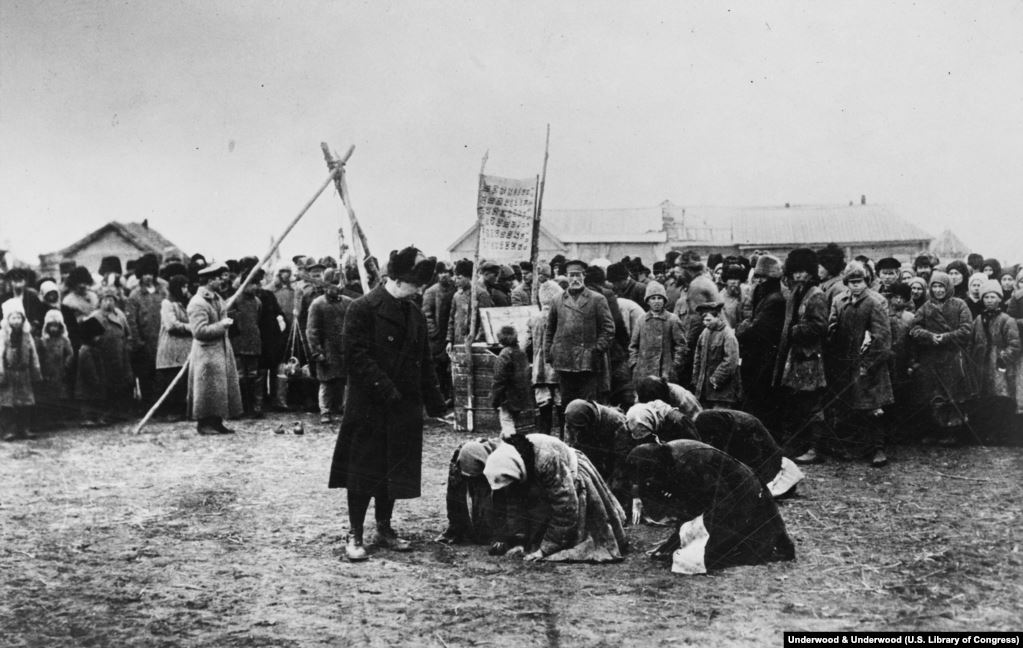
This also extends to the military leadership, with certain qualifications. Vladimir Putin’s government is a closed and personalistic regime where relationships matter more than bureaucratic hierarchy.

The military leadership has had to overcome a set of traditional obstacles in Russian civil-military relations: the general reluctance of the military to reform military clans based on service branches pursuing their organizational interests a weakness of feedback mechanisms within the lower ranks the special political status of the military-industrial complex and the resulting politicization of military procurements and the lack of societal motivation to serve as enlisted soldiers in the military (and as officers before 2011). Since the fall of the Soviet Union, the Russian military has undergone “Grachev’s reform,” “Rodionov/Baturin’s reform,” “Sergeev/Kokoshin’s reform,” “Ivanov-Kvashnin’s reform,” “Serdyukov-Makarov’s reform” and, finally, “Shoygu-Gerasimov’s period.” The reforms were named after the military minister of defense or after the civilian minister and the chief of the general staff (except Baturin and Kokoshin, who had been leading the now defunct Defense Council under Yeltsin). There is little surprise, then, that military reforms in Russia are heavily personalized. The officers have the highest degree of authority over their subordinates. The Russian command-and-control system is heavily reliant on its officers and vertical command structure. The minister of defense has almost absolute power and is subject to one person’s will: the president of Russia.


 0 kommentar(er)
0 kommentar(er)
